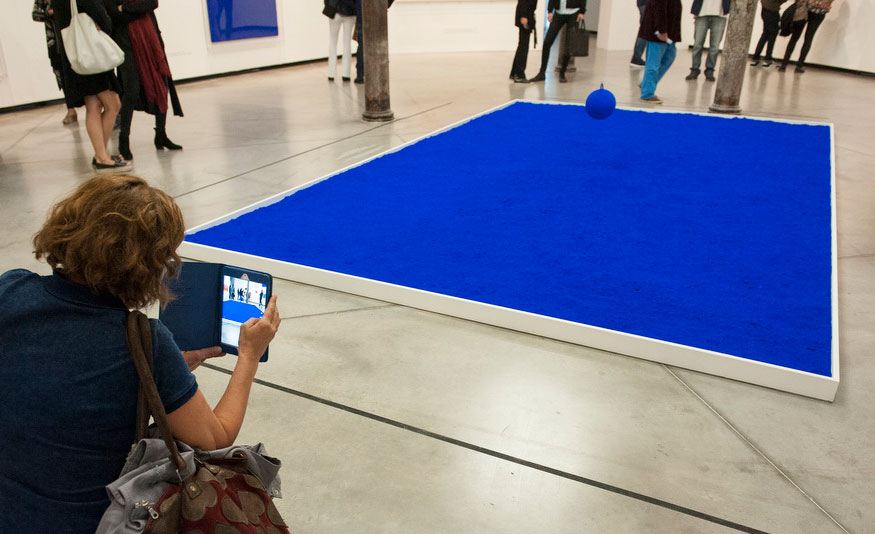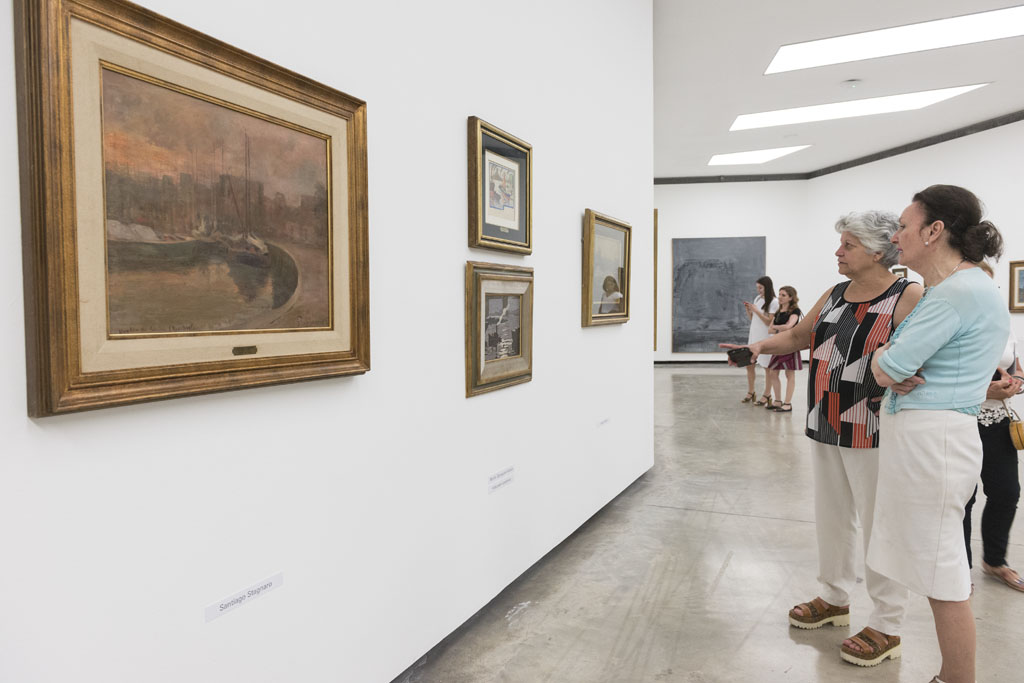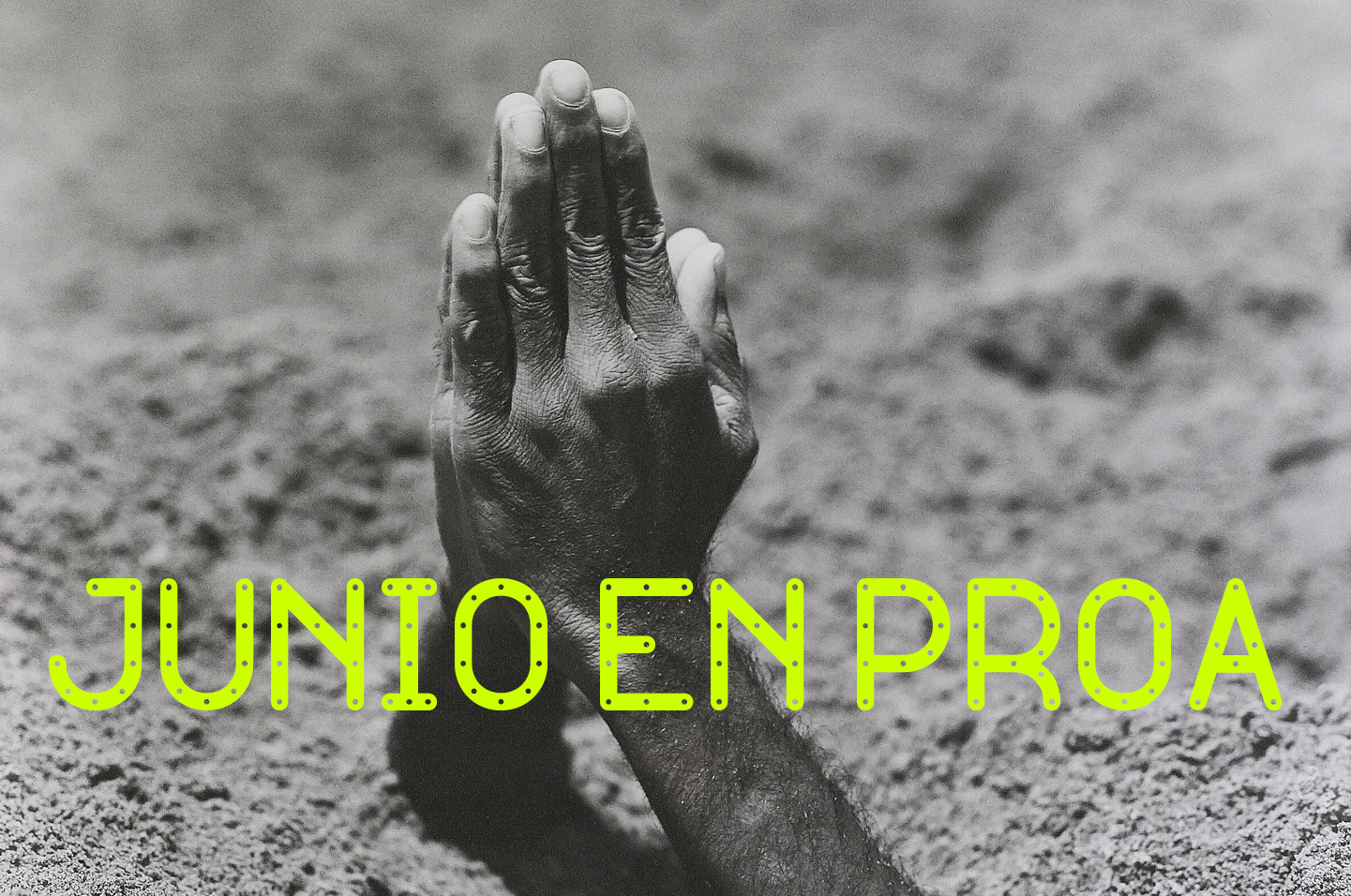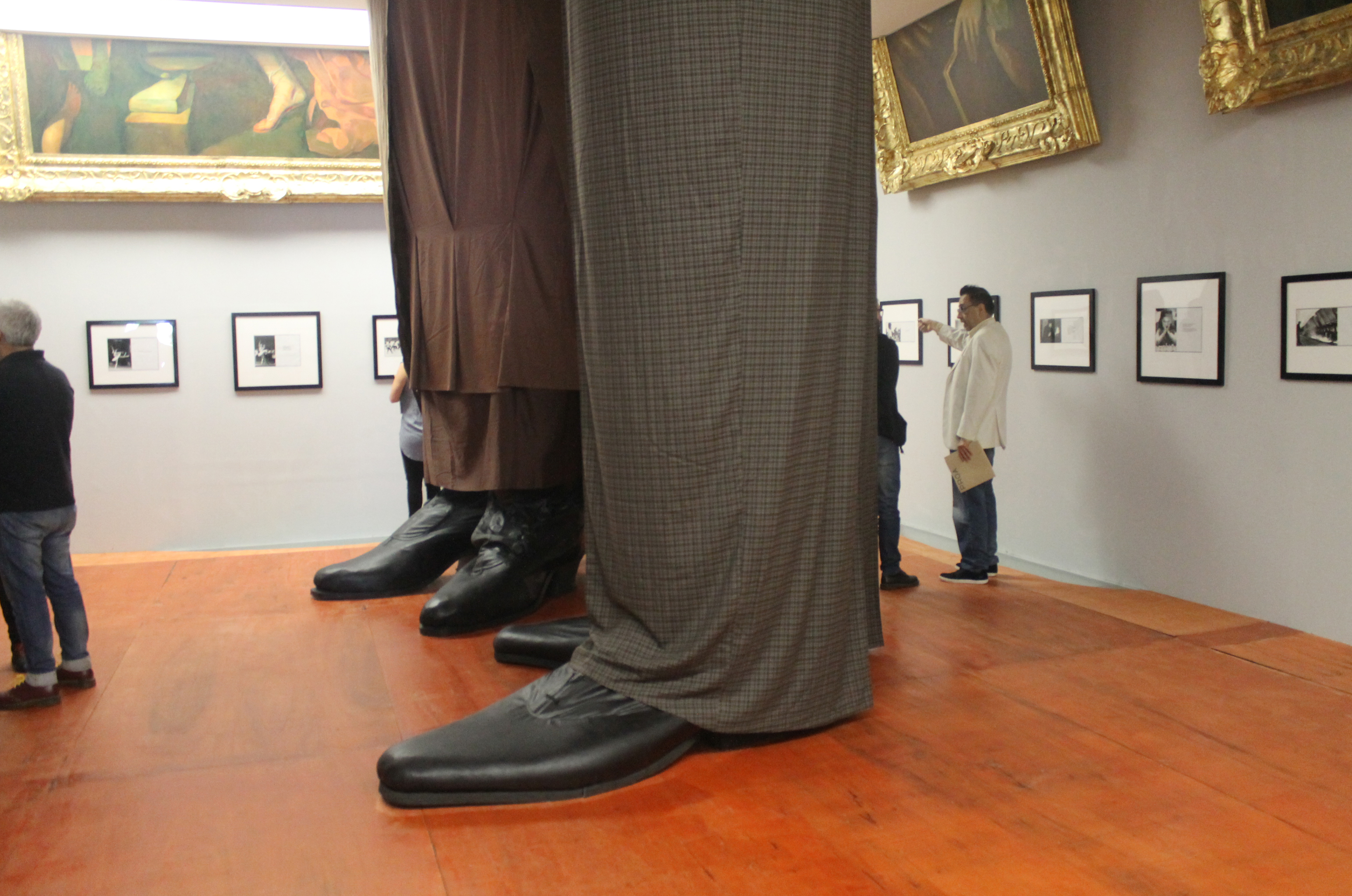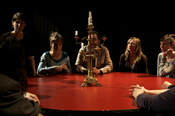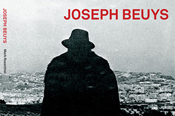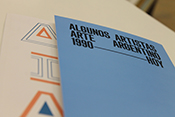Sunday 30th May, 2.00 - 8.00 pm
Admission: $ 10
auditorio@proa.org
More information >>
Program:
2.00 pm:
Come Cretinetti paga i debiti. André Deed. 1910, 6′
Come fu che l’ingordigia rovino il natale di Cretinetti. André Deed. 1910, 11 ‘
Amor Pedestre. Marcel Fabre. 1914, 8′
Das Stahltier. Willy Zielke. 1935, 15′
L’Uomo meccanico . André Deed
. 1921, 25′
Pacific 231 . Jean Mitry
. 1949, 12 ‘
3.30 pm:
Velocità (Vitesse). Tina Cordero, Guido Martina, Pippo Oriani. 1930, 16′
Ballet mécanique. Fernand Léger, Dudley Murphy
. 1923,18′
Jeux des reflets et de la vitesse. Henri Chomette. 1933, 7′
Thais. Anton Giulio Bragaglia. 1916, 35 ‘
5.00 pm:
Come Cretinetti paga i debiti. André Deed. 1910, 6′
Come fu che l’ingordigia rovino il natale di Cretinetti. André Deed. 1910, 11 ‘
Amor Pedestre. Marcel Fabre. 1914, 8′
Das Stahltier. Willy Zielke. 1935, 15′
L’Uomo meccanico . André Deed
. 1921, 25′
Pacific 231 . Jean Mitry
. 1949, 12 ‘
6.30 pm:
Velocità (Vitesse). Tina Cordero, Guido Martina, Pippo Oriani. 1930, 16′
Ballet mécanique. Fernand Léger, Dudley Murphy
. 1923,18′
Jeux des reflets et de la vitesse. Henri Chomette. 1933, 7′
Thais. Anton Giulio Bragaglia. 1916, 35 ‘
Films synopsis
Amor Pedestre (Love afoot), 1914. Dir. Marcel Fabre. 10′
Illustrates the story of an accidental love triangle from a peculiar point of view: the feet. During his morning walk, Robinet (main character played by Fabre himself) encounters a young girl and decides to court her. Despite her rejecting him, Robinet slips a note on his shoe imploring to meet him later on. Back home, the note slips out of her shoe and is found by her angry husband who decides to show up at the date to meet Robinet.
Ballet mécanique (Mechanic ballet), 1923. Dir. Fernand Léger and Dudley Murphy. 14 ‘
Is a caleidoscope of images paired up with an electric soundtrack. The film accounts for a constantly moving world dominated by mechanic and repetitive images combined with moments of solitude spent in a garden. A young girl swings in a garden; another girl smiles. The takes alternate rotating cylinders, turbines, and kitchen objects arranged in a concentric form. Over and over again, a woman climbs a flight of stairs carrying a bag over her shoulder. An art-deco figure appears, dancing.
Come Cretinetti paga i debiti (How Foolshead pays his debts), 1909. Dir. André Deed. 6’
Interpreted by director André Deed, Cretinetti (Foolshead) is the main character in a series of entertaining futurist short films; in which this buffoon sets himself to destroy everything that steps in his way. This time, Cretinetti is a compulsive debtor, persecuted by collectors that invade his apartment floor forcing him to pay his debts. The film focuses on Foolshead’ s adventures when he tries unsuccessfully to get rid of them and escape the law.
Come fu che l’ingordigia rovinò il Natale a Cretinetti (Foolshead’s Christmas), 1910. Dir. André Deed. 11’
In this take of André Deed’s comic saga, Cretinetti gets in trouble when he tries to post his Christmas party invitations in the mail. Because of him taking so long, a furious crowd waiting in line behind him calls the police to kick him out. Cretinetti purchases a tree to attack a public building and clumsily sets it on fire. He walks back to his house with the blazing tree where his family and friends await.
Das Stahltier (The Steel animal), 1935. Dir. Willy Otto Zielke. 15’
The railway workers wait outside for the factory doors to open and for another workday to begin. Inside, engineer Klaassen staid overnight working on some drafts for a new locomotive. As a result of the team’s hard work, the project comes together and Klaasen gets a promotion. Before leaving for his job, he meets up with his co-workers and has second thoughts regarding his decision. Their conversation revolves around the stories of the evolution of the railway industry and its pioneers.
Jeux des reflets et de la vitesse (Games on reflection and speed), 1933. Dir. Henri Chomette. 6’
Captures the impressions on the city of Paris; experimenting with light and movement through the camera lens.
L’Uomo meccanico (The mechanic man), 1921. Dir. André Deed. 24′
This film is a parody of serials; more precisely of one: “Master Mystery”, a thriller premiered a year before. Driven by an evil but beautiful women, the mechanic man tears down doors and walls obsessed with destroying everything that sets in its way. Saltarello, a marginal but loveable character that spends his time escaping the police, fights him. Scenes like the one where the robot persecutes a car or the duel between two robots which ends with dancing, have a very kitsch sense of humour.
Pacific 231 , 1949. Dir. Jean Mitry. 12′
Pacific 231 is both the name of the leading role locomotive and the critic and cinema theorist Jean Mitry’s short film. If the engine is the star of the action, the Swiss French composer Arthur Honegger’s music play is the protagonist of the soundtrack. This particular conjunction of cinema, music and machine produces a masterpiece, given the passion for engines that the director and composer share.
Thaïs, 1916. Dir. Anton Giulio Bragaglia. 54′
Narrates the adventures of Bianca, a “femme fatale” that plays and uses his admirers to satisfy her whims and selfish purposes. The highlight of the film is the final scene: a tragic finale where the heroine is punished for her wrongdoings.
Velocità (Velocity), 1930. Dir. Tina Cordero, Guido Martina, Pippo Oriani. 12 ‘
Captures the city dynamism combining rotating views, whirling machines, articulated mannequins and the homage to several 20th century artists such as Boccioni, Mondrian, Léger and Kandinsky. All these elements are brought together by futurist painter Oriani and the collaboration of writers Cordero and Martina.

